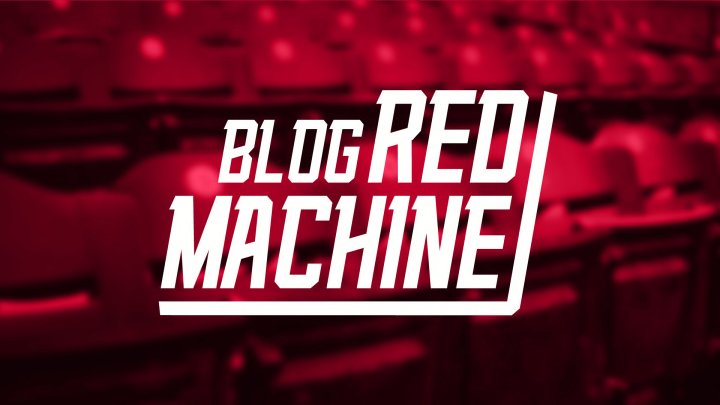Cincinnati Reds – a look at the pitching approach of the 2016 Reds
By Nick Vorholt

The Cincinnati Reds only had two pitchers that the rest of the staff could lean on.
With the recent trade of Dan Straily and the injury history of Homer Bailey, the Cincinnati Reds should have relied on Anthony DeSclafani and Brandon Finnegan even more in 2017. They will also have to find a couple of reliable pitchers from among TIm Adleman, Rookie Davis, Amir Garrett, Cody Reed, and Robert Stephenson. Adleman and Stephenson both received auditions during the 2016 season.
DeSclafani pitched about 2/3 of a normal season after coming back from injury, facing 507 batters. He threw 1968 pitches, keeping batters aggressive. DeSclafani induced a few more ground balls than fly balls, but is essentially a balanced pitcher. Unfortunately, DeSclafani is out for the first three months of 2017.
Finnegan pitched an entire season in the Reds’ rotation and faced 734 batters. Finnegan gave up more fly balls than ground balls, and an unusual number of long drives, contributing to his high number of home runs surrendered. He struck out 145 batters, but also walked 84 batters in 2016. The fans have supported his talent, despite his high home run totals.
Adleman, meanwhile, only pitched about one third of the season in the big leagues, facing 287 batters while utilizing 1187 pitches. In a trend similar to Finnegan, Adleman allowed more fly balls than ground balls and too many line drives. He was on pace to surrender 32 home runs, which would have been the most allowed in the National League.
Want your voice heard? Join the Blog Red Machine team!
The Cincinnati Reds’ bullpen has the top five pitchers coming back with the addition of Drew Storen.
More from Reds News
- Reds: Multi-run innings have hurt Michael Lorenzen this season
- Reds fan bares all in fulfilling awkward 2021 World Series bet
- Reds: Bullpen quickly becoming a strength of this team
- Don’t give up! The Reds still have a chance to make the playoffs
- Reds comeback victory could be start of something special
New closer, Drew Storen, faced 228 batters in 2016 using 871 pitches. He had almost as many ground balls as fly balls and line drives combined. That should play well in Great American Ballpark, where home runs were an all too common sight in 2016.
Michael Lorenzen faced 202 batters despite missing nearly half of the season. He had nearly as many ground ball outs as all other outs combined. He also had almost as many strikeouts as line outs and fly outs, explaining why he looked ready to close last year.
Raisel Iglesias threw 1245 pitches to 325 batters due to his time spent in the rotation at the start of 2016.
He balanced his outs among flyouts, groundouts and strikeouts. That can be a dangerous combination in a small ballpark like GABP.
Recent signee Scott Feldman needs to adjust to GABP after pitching in the American League last year. He faced 338 batters, but only had a swinging strike rate of 12%. It is a good thing that his pitches are great at inducing ground balls.
Next: 5 from Cincinnati who should have played for the Reds
Whoever ends up pitching for the Reds this year, the home run rate must decrease. In the signing of Feldman and Storen, the Reds are clearly trying to on exactly that. We’ll soon see how successful they were in picking the right talent.